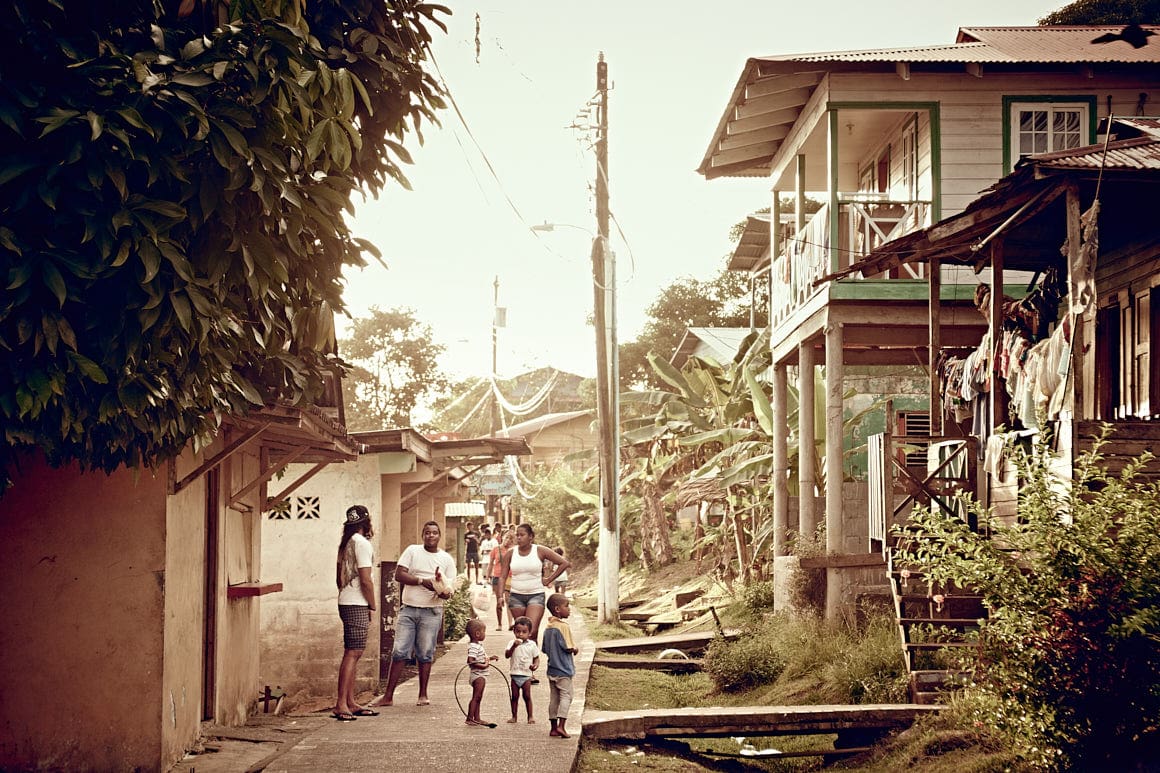
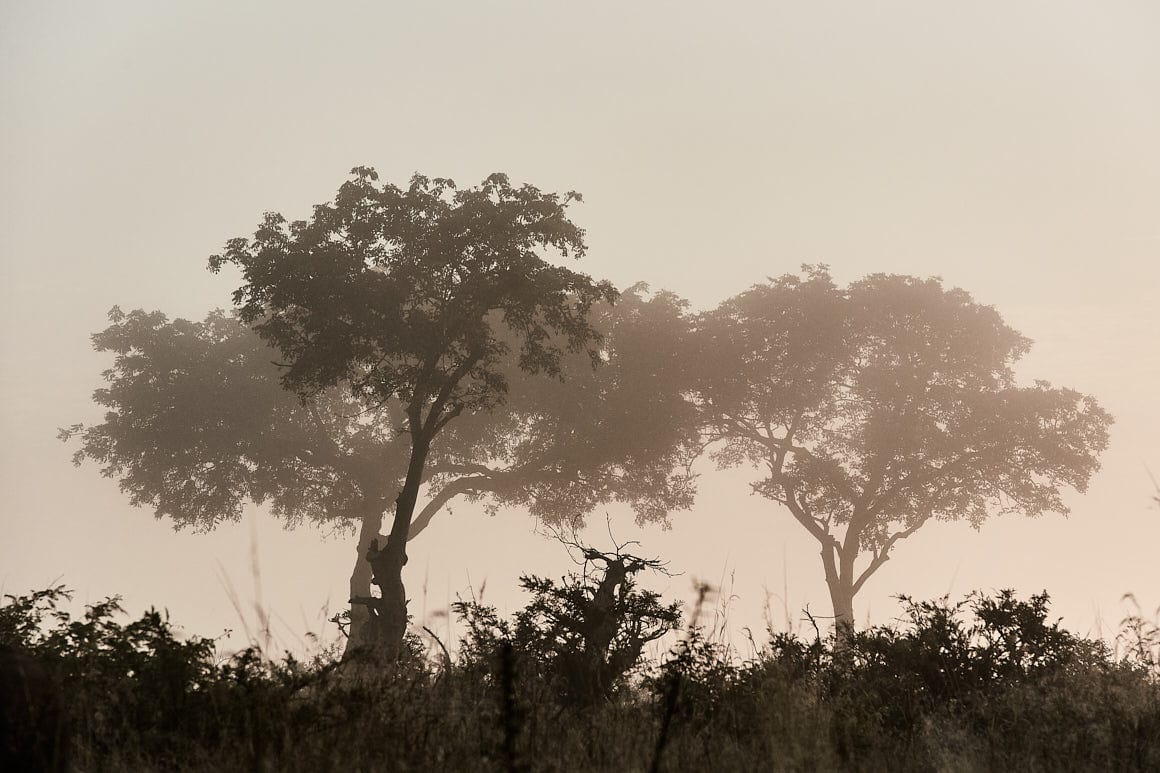
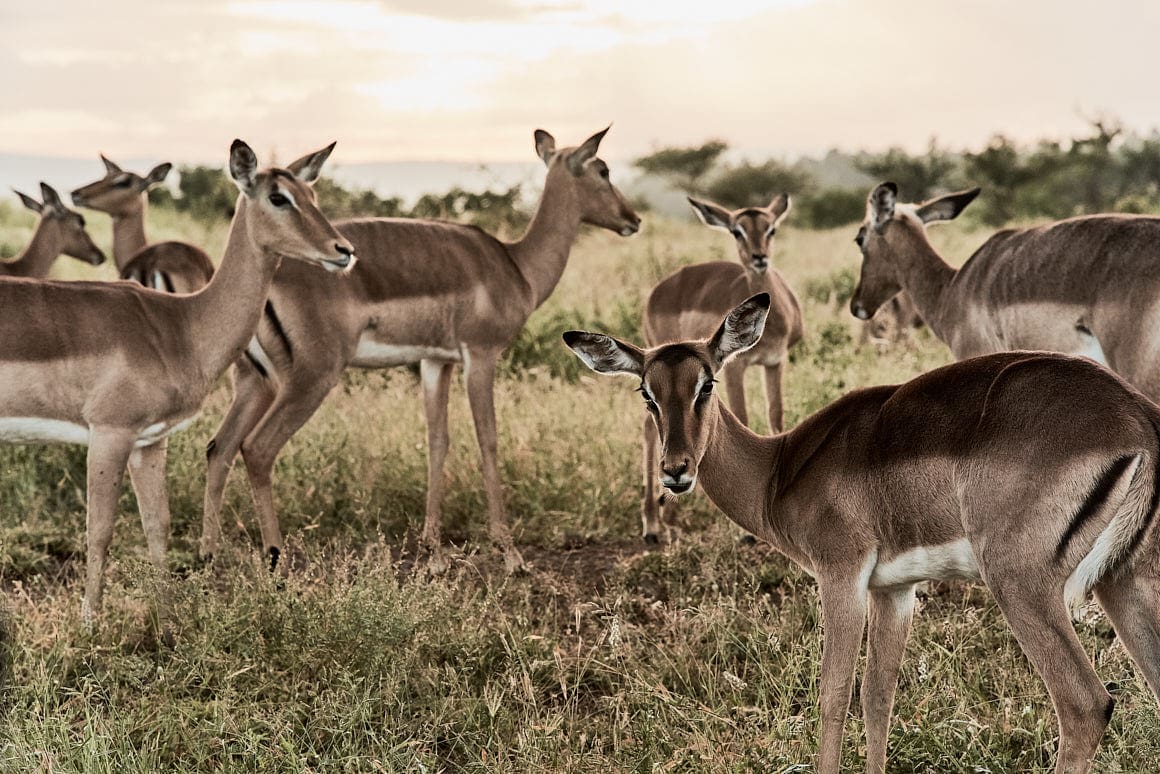

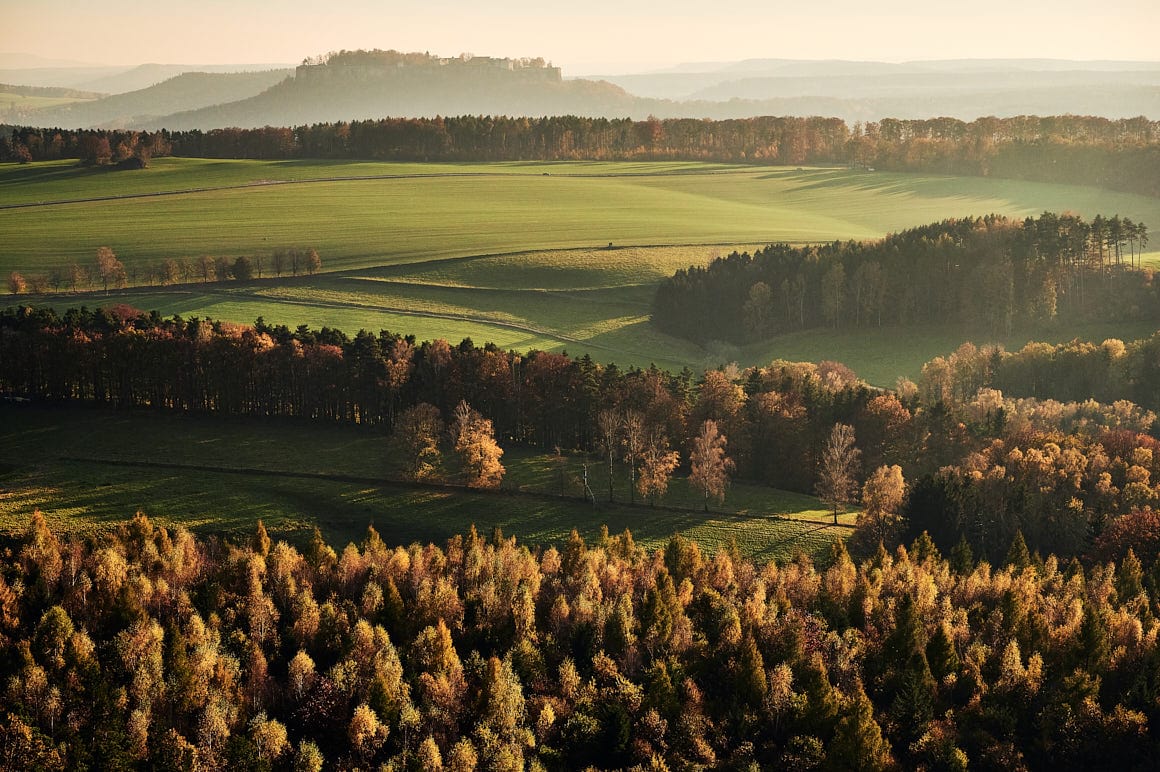

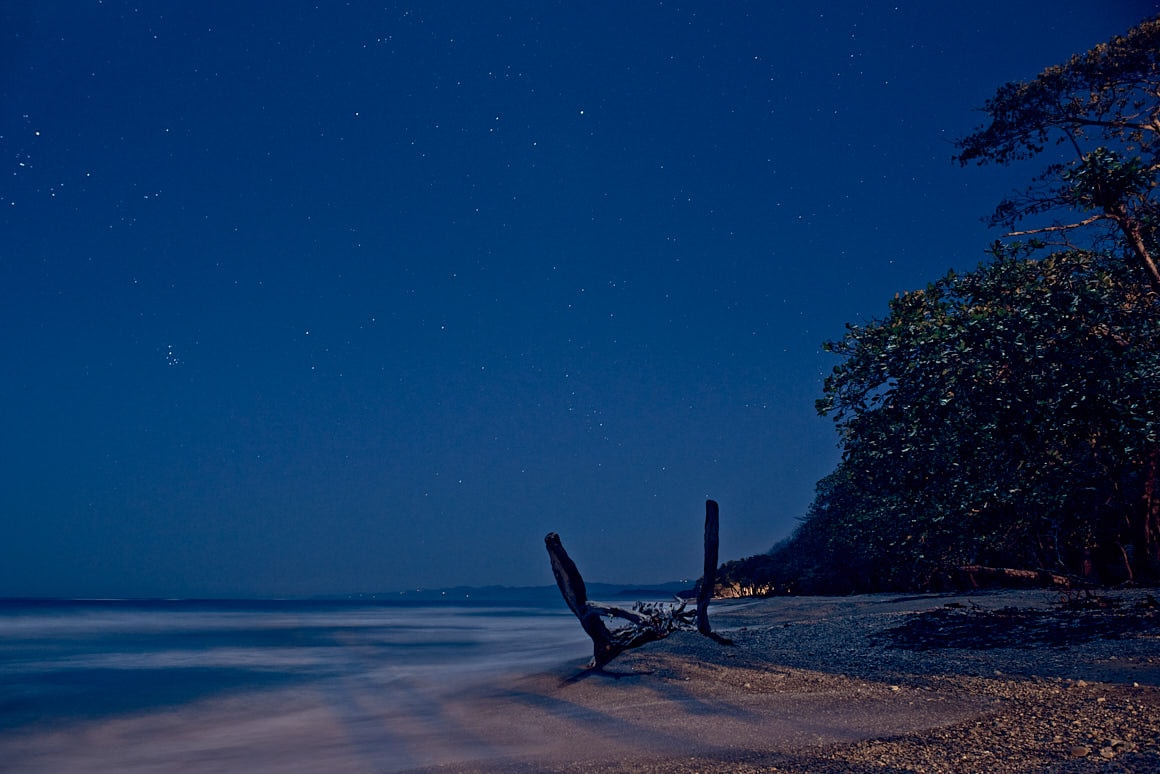

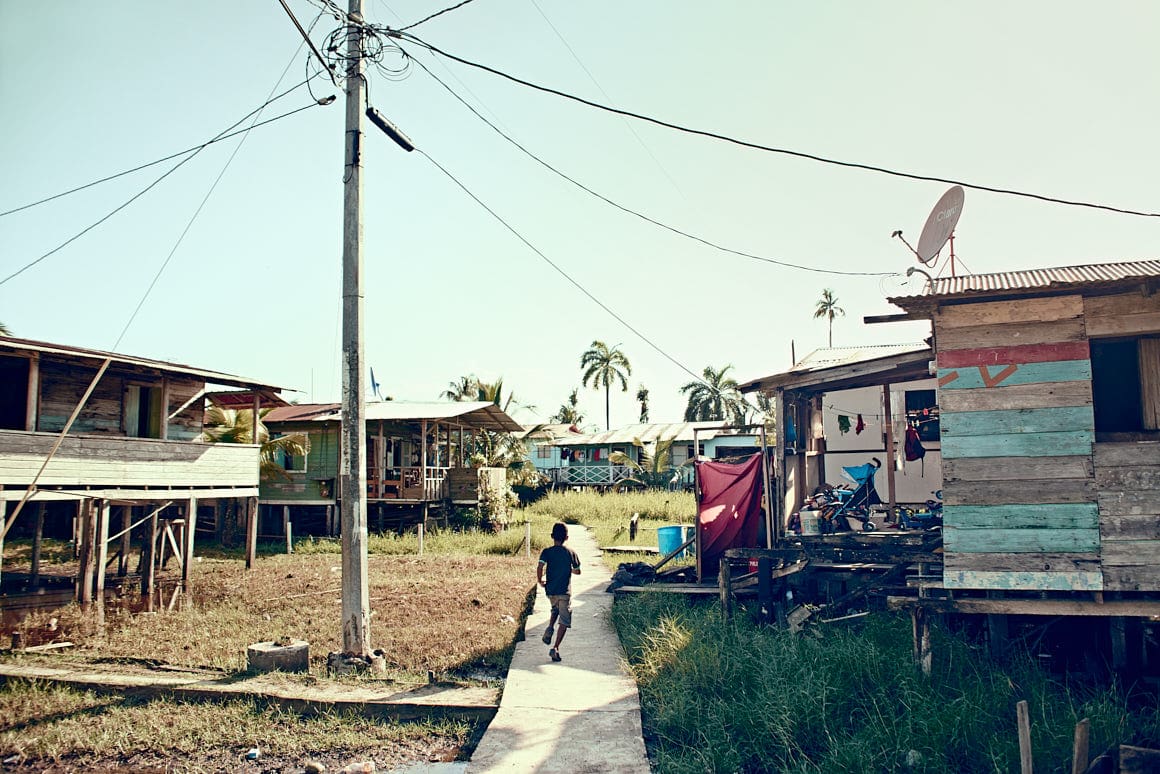
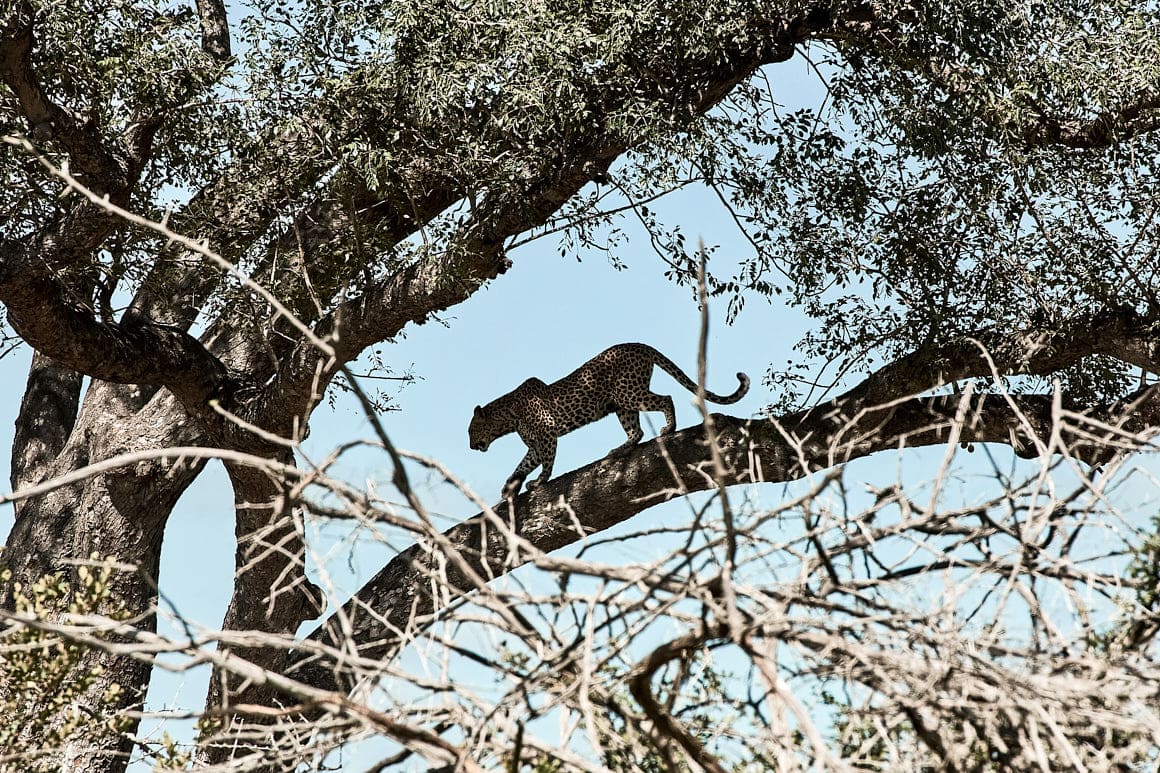

How To Travel Lightly – My travel photography equipment
Every year, I consciously take longer breaks from travelling. Such trips are not just a relaxing holiday for me. Apart from the normal photo jobs I’m booked for in Berlin, I work on freelance projects. I’m looking for stories. In the summer months, I’m travelling with my camper. In the winter months, however, I sometimes spend several months travelling outside Europe without the comfort of being able to simply load all my things into my van. It is essential for me to keep my camera equipment as compact and handy as possible. This is in stark contrast to the pile of stuff that can fill an entire van when I’m booked for a big shoot.
Over the last two years, I have completely swapped my old clunky SLR cameras with their very heavy lenses for the Nikon Z series. When travelling, however, I only take the Z6II with my travel zoom, the Z24-70 mm/4, and my Z85 mm/1.8 for portraits. In addition to photography, moving images are also becoming increasingly important to me. Last year I photographed and filmed my multimedia project ‘SO MANY WAYS – VANLIFE STORIES‘ in Portugal and Tenerife with a rucksack full of equipment. Here are a few thoughts on what I consider to be the most important aspects of my travel set-up.
A small pack size and light weight are particularly important to me, as the first hurdle has to be overcome at the airport. On long-haul flights, the maximum weight of checked baggage is usually 25 kg, plus hand luggage weighing approx. 8 kg. In addition to the photographic equipment, there also has to be room for my personal items, which I need for two to three months. A suitcase full of equipment is therefore not an option. My camera and lenses always travel in my hand luggage, although the less expensive items, such as tripods or flashes, do end up in my checked baggage.
I don’t use a photo backpack, but have bought a bag insert that fits exactly into my private rucksack, in which my camera and lenses are safely stored. You can’t tell from the outside what the rucksack contains. I like this inconspicuousness. If necessary, I simply remove the insert and take the rucksack to the beach. A lightweight setup also has its advantages when I’m working alone. I don’t want to restrict myself with heavy, unwieldy equipment. I can carry everything I need for my freelance projects on me, hike with it, or even ride it on a scooter.
A carbon fiber travel tripod, weighing just 1 kg, also belongs in my luggage. Admittedly, the tripod is not as stable as my large Gitzo carbon tripod, which I use for jobs in Berlin, but it fulfills its purpose for both photo and video recordings.
For my last big project, in addition to the photos, video recordings were an important part and that includes good original sound. I didn’t want to rely on the camera’s integrated microphone, so I bought two different Rode microphones. For interview settings, I use the Rode Wireless Go with a wireless transmitter and receiver, plus a small lavalier microphone that I can attach to the transmitter. This can be attached to the interviewee more inconspicuously than attaching the transmitter directly to the collar. For editing scenes or spontaneous conversations, I have a Rode Videomic Go mounted directly on the camera on the hot shoe.
Depending on which country I’m travelling to and what I’m planning, I also pack my DJI Mavic Air 2. I still find drone shots exciting, especially for landscape shots and videos or for a change of perspective during a reportage.
For the rare occasions when I need more light for my reportage, I have a Nikon SB900, a small foldable umbrella and a lightweight light stand that fits perfectly in my travel bag.
My travel photography equipment makes all the difference for me. In the past, I didn’t even take heavy cameras with me because they restricted my activities. Now I can relax and concentrate on my project and creative work, remaining flexible without compromising on the quality of the shots.
You can find more pictures and reports from my travels over the past few years here.
My travel photography equipment makes all the difference for me. In the past, I didn’t even take heavy cameras with me because they restricted my activities. Now I can relax and concentrate on my project and creative work, remaining flexible without compromising on the quality of the shots.
You can find more pictures and reports from my travels over the past few years here.
My perfect photo equipment for travelling – I use it to take photos and film on my trips!